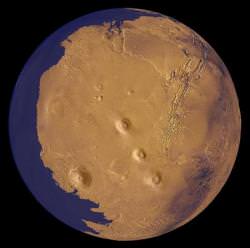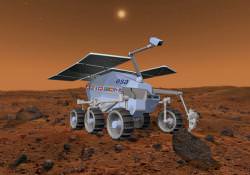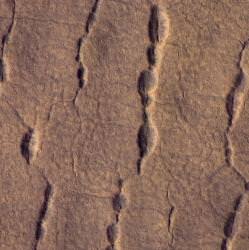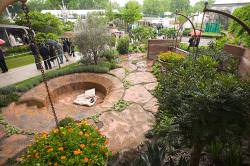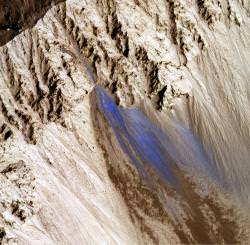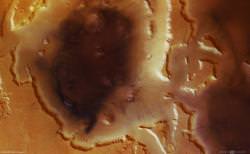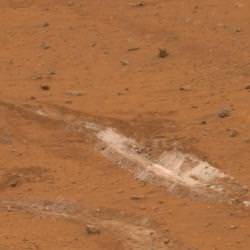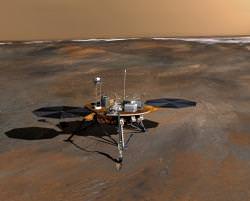Are you interested in traveling to Mars? Okay, maybe not actually going to Mars, but what about a simulated voyage? If you’re interested, ESA is looking for a few volunteers to take part in a series of simulated missions to the Red Planet. Make sure you’ve got some spare time, since the longest trip is going to take 520 days.
ESA has teamed up with the Russian Institute of Biomedical Problems to send a crew of 6 on a 520-day simulated voyage to Mars. Apart from actually stepping foot on the surface of the Red Planet, the volunteers will eat like astronauts, perform the kinds of activities astronauts will do, and live in close quarters. They’ll even perform an exploration phase on a simulated planet Mars.
There will be one or two precursor studies, lasting 105 days, and then the full 520 mission gets going in 2008 or 2009.
If you’re interested, you can check out ESA’s call for candidates here.
Original Source: ESA News Release


